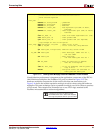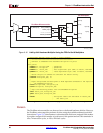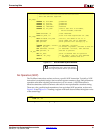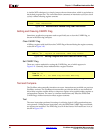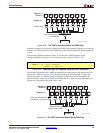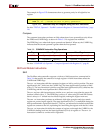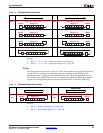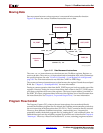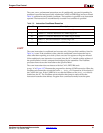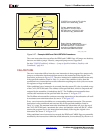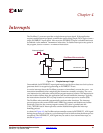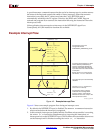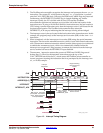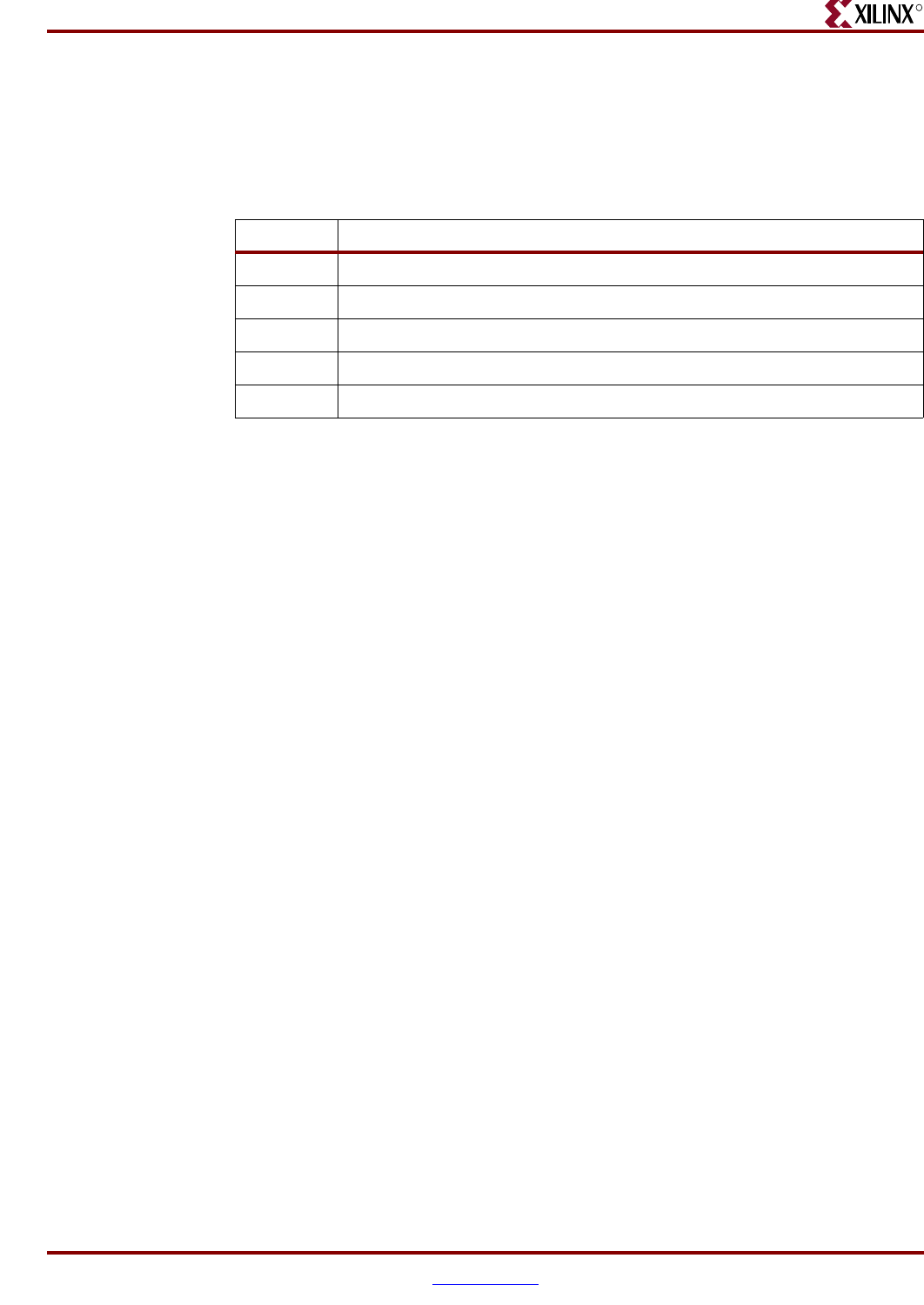
PicoBlaze 8-bit Embedded Microcontroller www.xilinx.com 37
UG129 (v1.1.2) June 24, 2008
Program Flow Control
R
The JUMP, CALL, and RETURN instructions are all conditionally executed, depending if a
condition is specified and specifically whether the CARRY or ZERO flags are set or cleared.
Table 3-6 summarizes the possible conditions. The condition is specified as an instruction
operand. The instruction is unconditionally executed if no condition is specified.
JUMP
The JUMP instruction is conditional and executes only if the specified condition, listed in
Table 3-6, is met. If the condition is false, then the conditional JUMP instruction has no
effect other than requiring two clock cycles to execute. No registers or flags are affected.
If the conditional JUMP instruction is executed, then the PC is loaded with the address of
the specified label, which is computed and assigned by the assembler. The PicoBlaze
processor then executes the instruction at the specified label.
The JUMP instruction does not interact with the CALL/RETURN stack.
Arrow ‘A’ in Figure 3-27 illustrates the program flow during a JUMP instruction. When the
PicoBlaze microcontroller executes the JUMP C, skip_over instruction, it first checks if
the CARRY bit is set. If the CARRY bit is set, then the address of the skip_over label is
loaded into the PC. The PicoBlaze microcontroller then jumps to and executes the
instruction located at that address. Program flow continues normally from that point.
Table 3-6: Instruction Conditional Execution
Condition Description
<none> Always true. Execute instruction unconditionally.
C CARRY = 1. Execute instruction if CARRY flag is set.
NC CARRY = 0. Execute instruction if CARRY flag is cleared.
Z ZERO = 1. Execute instruction if ZERO flag is set.
NZ ZERO = 0. Execute instruction if ZERO flag is cleared.



